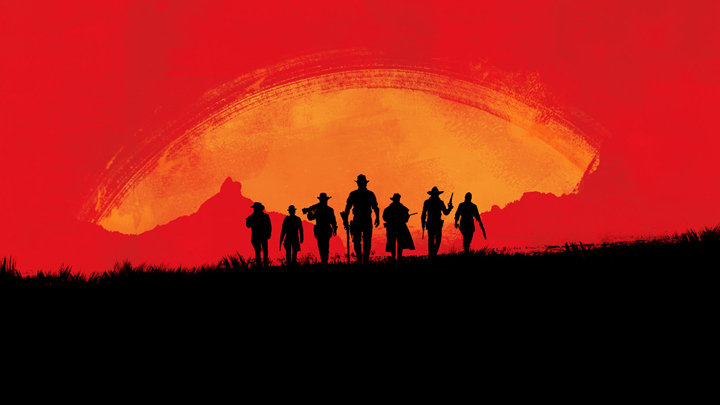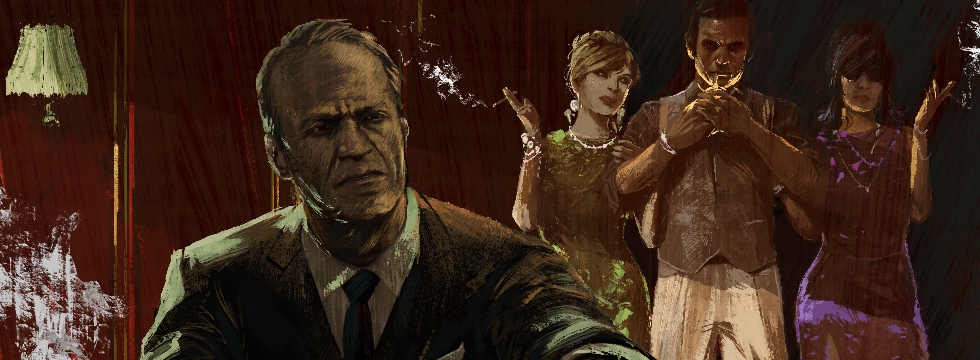author: Mathias Zulpo
Mafia III won't be remembered – how progeria turned New Bordeaux into a forgotten city
We are launching a series of articles that will tackle some important topics rocking the gaming industry. First off, Mafia III and the issues gamers have with it. Will Lincoln Clay be remembered in a decade or will we think more fondly of Vito Scaletta?
From the very beginning I had a hunch that this wasn’t going to end well, but now, when the package has shipped and all the dust has settled, I can finally say it out loud – Mafia III looks BAD. Even in spite of its vivid interior – the captivating, smoothly-conveyed, and believable story, or the crackerjack soundtrack – the graphical nastiness and technical helplessness just keep rearing their ugly heads all the time, spoiling the part of the fun that is – and has always been – inherent to video games. The entertaining part.
Voices comparing the controls and looks of the newest installment of the (so far) reputed criminal franchise to an old-gen release (that’s an euphemism, by the way) have appeared instantly and spread around the web like wildfire, putting a certain contemporary illness of modern gaming industry the game suffers from in the spotlight. This peculiar condition is actually also recognized among humans, and goes by the name of progeria. Classified as an extremely rare genetic disorder, progeria makes infants endure a detriment typically associated with old age – they feel and look like elderly people, even though internally they’re still young. Unfortunately, not being able to progress at a normal pace physically while only developing mentally leads to an inevitable premature death.
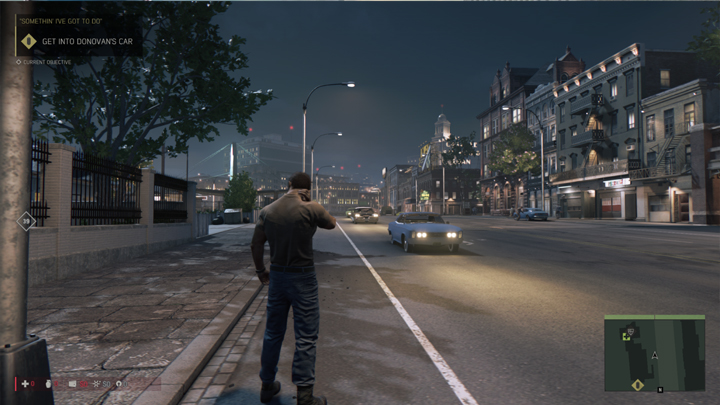
The fact that such a phenomenon, bearing a certain resemblance to progeria, also plagues the gaming world is rather worrying (euphemisms strike back), but brings forth a diagnosis we all have to accept. Or do we? Let’s take a look. The extreme rareness argument, for instance, doesn’t really work in relation to games (after all, we all know at least one visual busted flush); neither does the unknown origin, for we need nothing but common sense to safely assume it’s the developers and publishers who answer for enabling such bummers to leave the production stage. And last but not least, so many games came out in the past unaffected by this newfangled disease that inheriting their anti-aging traits by modern successors should come as a dead cinch.
Keeping the above in mind, let’s give our full attention to Mafia III, and while having it star as gaming’s greatest stuck-in-time Benjamin Button, let’s take a peek at its evergreen competitors. How come they got around to outlive Hangar 13’s child before it even had a chance to mature – and why its birth turned into mourning shortly after.
Their gene game was strong
You can never be too sure about the future, but once you’ve started off on the wrong foot, you might just trip the next step. From the early ‘00s until today, Mafia tried on a set of different game engines – three of them, to be exact. First, LS3D, engineered particularly for the sake of building up The City of Lost Heaven, was an all-new, high, wide and handsome solution designed specifically to meet all the requirements game directors set for themselves. Anything they – not the audience – needed, the engine delivered.
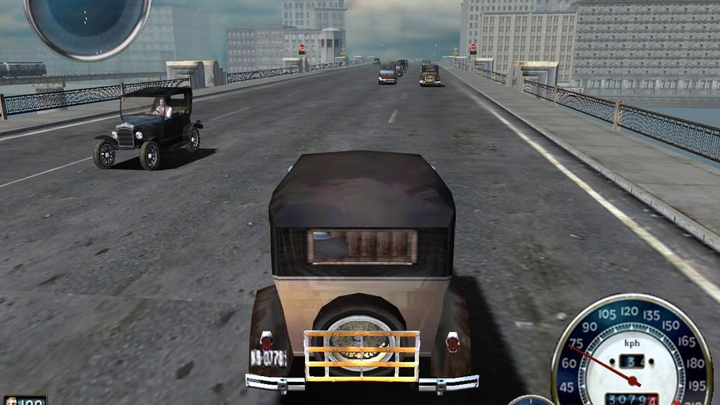
But that was the pre-HD era, a forgotten, primeval period stuffed to the brim with revolutionary ideas some of which would later yield solid foundations laid for sound growth of the future generations. Back then, more than the looks it was ‘Can I run it?’ that mattered, not to mention the story, or ultimately the pure entertainment factor that constituted the core of making any game. Of course, thanks to this unconventional approach, first Mafia benefited from certain graphical doozies, such as photorealistic – at the time – cars GTA III’s vehicles couldn’t hold a candle to, or impressive attention to detail.
Unfortunately for LS3D, not long after The City of Lost Heaven had been released, technology hit puberty – and went absolutely wild, turning the visual world upside down and leaving nothing behind. From then on, the days of LS3D were numbered, and eventually, once the engine had been utilized in Hidden & Dangerous 2 and Chameleon, it became obsolete. Everything that remained was just the dream of making Mafia great again – someday. This is where I think the series, although unwittingly, put a curse of sorts on itself. Because from then on, every time a new installment was born, a new engine would kick in, resulting in choosing a rapid, spectacular change over slow, progressive evolution (which gradually became more and more coveted). If you expect anything to become all grown-up right after you’ve planted it, you rid yourself of witnessing the actual growth, refusing to let in any signs of progress and ending up with plenty of space for – often unwelcome – surprises.
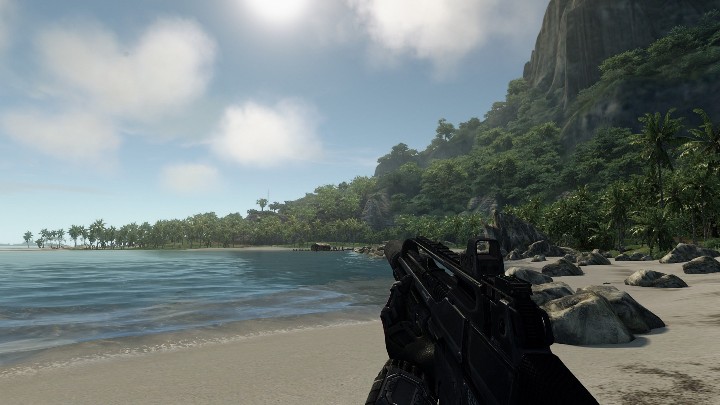
It must’ve been quite a shock for Mafia III to wake up in the video gaming world of today only to find itself still trapped within the vicious circle of repetitiveness. Disappointingly, there are literally no distinctive features, not a single designer’s fingerprint (such as rain in Sleeping Dogs, or even Mafia II’s seasons impacting both the visuals and the gameplay) that could front for a sudden technological change. Sure, nights look decent (thanks, volumetric lighting), but that’s it (also, remember not to confuse “decent” with “outstanding”). And once you’re done ploughing through New Bordeaux’s streets after dusk, cheerfully taking in the cinematic experience such a joy ride offers, a new day welcomes you in all its foggy, building-overlapping glory. See, knocking up a fresh engine, and therefore forcing the game to be born again and again without relying on its ancestors’ experience, generates lots of quandaries, and Mafia III seems to have them all. Maybe that’s why its name and logo missed out on being included in the splash screens.
They remained faithful to their past
Mafia III seems like it had some serious problems deciding where it belongs. On the one hand, it may be considered a part of a widely-recognized AAA series, which tends to take advantage of reusing its technological solutions (which often undergo thorough evolution as the sequels emerge). On the other hand, it shows all signs of being a completely new IP, armed with different physics engine, driving mechanics, gunplay, setting, cinematics, etc. All in all, it behaves like it belonged to both the former and the latter, while in fact belonging to neither. The explanation of this peculiar phenomenon should require less effort than its realization. The aforementioned indecisiveness simply accounts for crushing Hangar 13’s dreams of Mafia III turning out timeless, for it results in pure nothingness. Not only does the game suffer from a lack of solid technological base (since they don’t speak the same language, Lincoln couldn’t reach out to his buddy Vito and kindly ask him to share a bunch of tips on making New Bordeaux look exactly like the memorable Empire Bay, only bigger, better, and more detailed; at the same time, it was how Michael reached out to Niko, Alcatraz reached out to Nomad, and CT reached out to Gordon Freeman), which makes it feel unpolished and incomplete; it also leaves no room for future improvement, for if it hadn’t been utterly broken, the day-one patch would’ve fixed all the post-release mess.
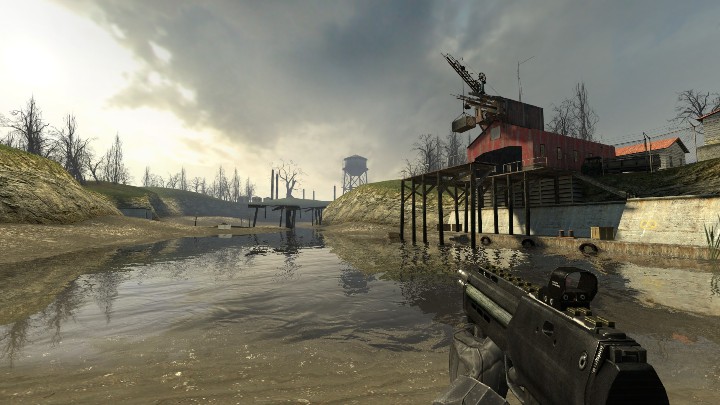
Or perhaps it was the abrupt departure from the iconic legacy that both Mafia and Mafia II have been grinding out over the years that made the third installment so severely inadequate. Having lost its innate, evolutionary-shaped identity, there was nothing left to handle damage control, nothing – story- and setting-wise – truly tying it together, not a single thought-out feature able to prevent Mafia III from becoming indistinguishable from The Godfather III. Instead of evolving as a whole, it chose a different path, for some reason deciding that marginal progression in terms of storytelling should be enough to compensate for giving up on meeting modern visual and gameplay standards, let alone pushing (or at least creatively revisiting) the genre’s boundaries. But relaying entirely on just one aspect has proven vain, and hyping it as a selling point even seemed deceitful. Still, as opposed to the infamous Watch Dogs (which might have taken some unfortunate baby steps while testing new ground), Mafia III has neither introduced any spectacular change nor augmented the series’ emblematic ideas, simply making itself appear bland – and giving us an outdated performance, as if it weren’t aware of any changes the industry underwent since 2010.
They nailed the first impression
Worn down by the chronic, incurable disease that progeria is, Lincoln Clay fell under the burden of high expectations he was forced to carry, even though he never actually asked for this. The idea of using his predecessors’ success as a smokescreen to lure gamers into believing that an otherwise mediocre game would share the series’ glorious immortal spirit got partly busted right after first gameplay previews rolled onto YouTube, but it was the launch that exposed it completely. And we all know nothing ruins the first impression like disappointment (when flicking through several developers’ dictionaries – unfortunately, Hangar 13 isn’t one of them – we realize it’s a forbidden word), especially if it is a result of deception. That’s why instead of a total loser, I like to imagine Clay as a victim, and a casualty of an unfortunate turn of events that led to the pitiful disaster Mafia III appears to be. But despite my fondness towards him today – because I saw the man trying really hard to do the right thing – I’m pretty sure he’ll be rejected by tomorrow, dead within a month, and forgotten in a year, hopefully not burying the entire franchise with him. Sadly, that’s how this malicious illness works.
Good thing them good ol’ ‘60s beats are timeless.
